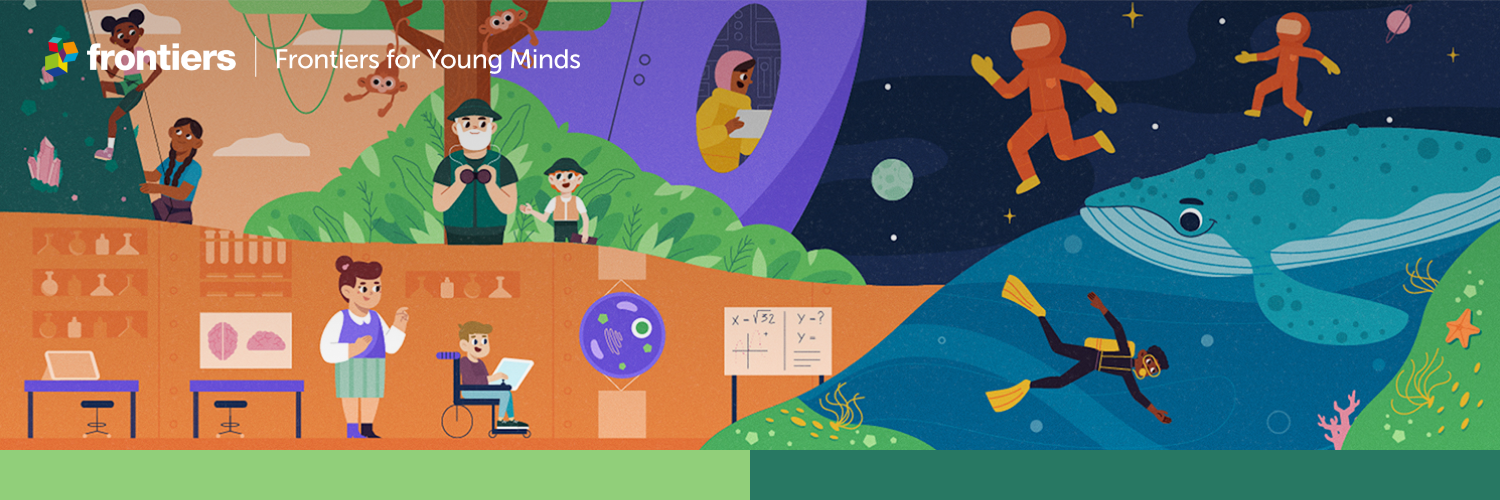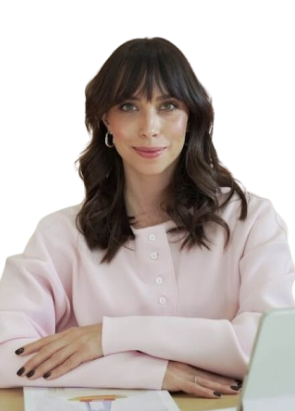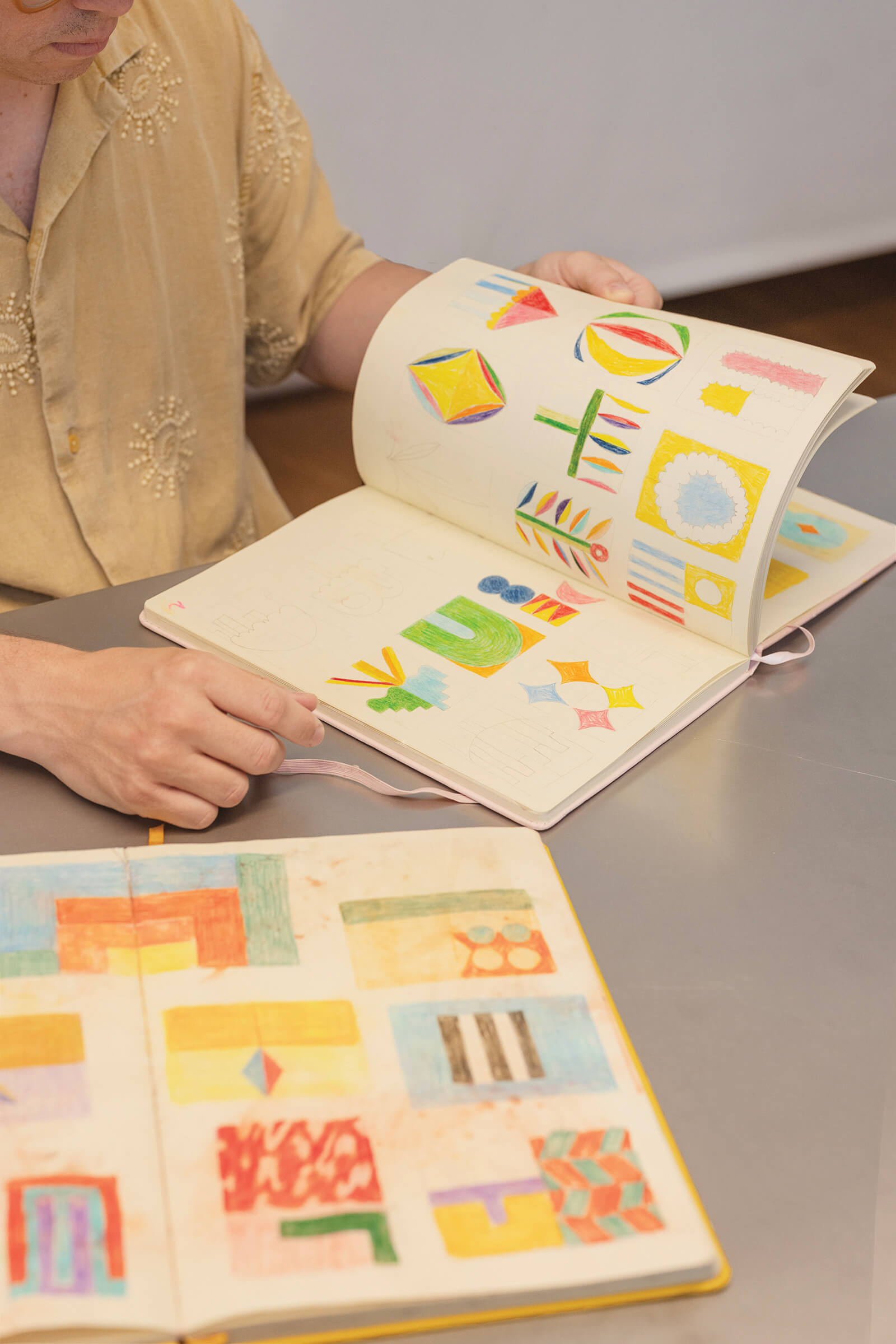Review to View: When Children Take the Judge’s Seat
.jpg)

Imagine if your 8-year-old got to decide whether a Nobel Prize winner’s research was good enough to publish. Sounds wild, right?
That’s exactly what happens at Frontiers for Young Minds, a scientific journal where children become the reviewers, and scientists must convince them their work makes sense.
The idea began back in 2007, when neurologist Robert Thomas Knight asked a simple question at a neuroscience meeting:
What if kids reviewed scientific papers?
He suspected they might actually do it better. A few years later, with the support of the publishing platform Frontiers, his idea became reality.
Today, Frontiers for Young Minds is a free online science journal where children aged 8 to 15 review real scientific papers — under the guidance of mentors from all around the world: PhD students, researchers, and even whole classrooms.
We spoke with Will Savage, the journal’s director, to understand how this remarkable process works.
“To begin with, we have to establish a distinction between our reviewers and our readers,” Will explains. “Yes, the reviewing process belongs to children, but the audience is much broader. The fact that the articles are reviewed by a different age group than usual helps filter the information and ensures understanding. It makes science a process where anyone can get involved.”
Here’s how it works: scientists rewrite their research papers so they’re understandable for children. These young reviewers, sometimes alone, sometimes in groups read, question, and even critique the work. They have the power to request revisions, approve or reject a paper, or just call it “boring.”
“We introduce the concept of peer review, critical thinking, and scientific method, that’s a big part of our goal,” Will continues. “But even more than that, we want to empower children and give them control. How often do kids get to provide feedback to adults, particularly to Nobel Prize winners or professors? We want them to be brave enough to be honest, and mentors are there to support and encourage that honesty.”
Norwegian neuroscientist May-Britt Moser, who won the 2014 Nobel Prize in Physiology and Medicine, summed it up beautifully:
“It’s so important. What we say in our lab is, ‘If you can’t communicate your findings to children, then you haven’t understood it yourself.’”
Most reviewers are between 11 and 14 years old, though some are as young as 8. That can make communication tricky, but Will insists it’s worth it:
“It can, of course, be challenging for authors and mentors to find a way to communicate with an 8-year-old about science, but it’s highly rewarding and gratifying when it works.”
And it clearly does work.
The journal now features over 1,400 articles, written by 4,000+ authors, with more than 38 million views and downloads in five languages. The Nobel Collection alone features articles from 30 Nobel Prize winners, all reviewed by kids.
So what’s next for Frontiers for Young Minds?
“We’d like to publish in more languages and build a brand-new platform,” Will says. “We’ve started collaborating with an education partner called Bold, using our articles to create teaching materials and we’d love to do more of that. Lastly, we’d like to host more regular events where scientists can present their work directly to children.”
Because maybe, just maybe, the next big discovery will need an 8-year-old’s approval first.
It’s also a reminder of something simple yet profound, that respecting children’s curiosity and intelligence isn’t an act of indulgence; it’s an act of faith in the future.
Stay Connected with Bubu Island
Subscribe to our newsletter for the latest updates and tips on early childhood development.

Explore Our Latest Insights
Discover tips and activities for young children.




